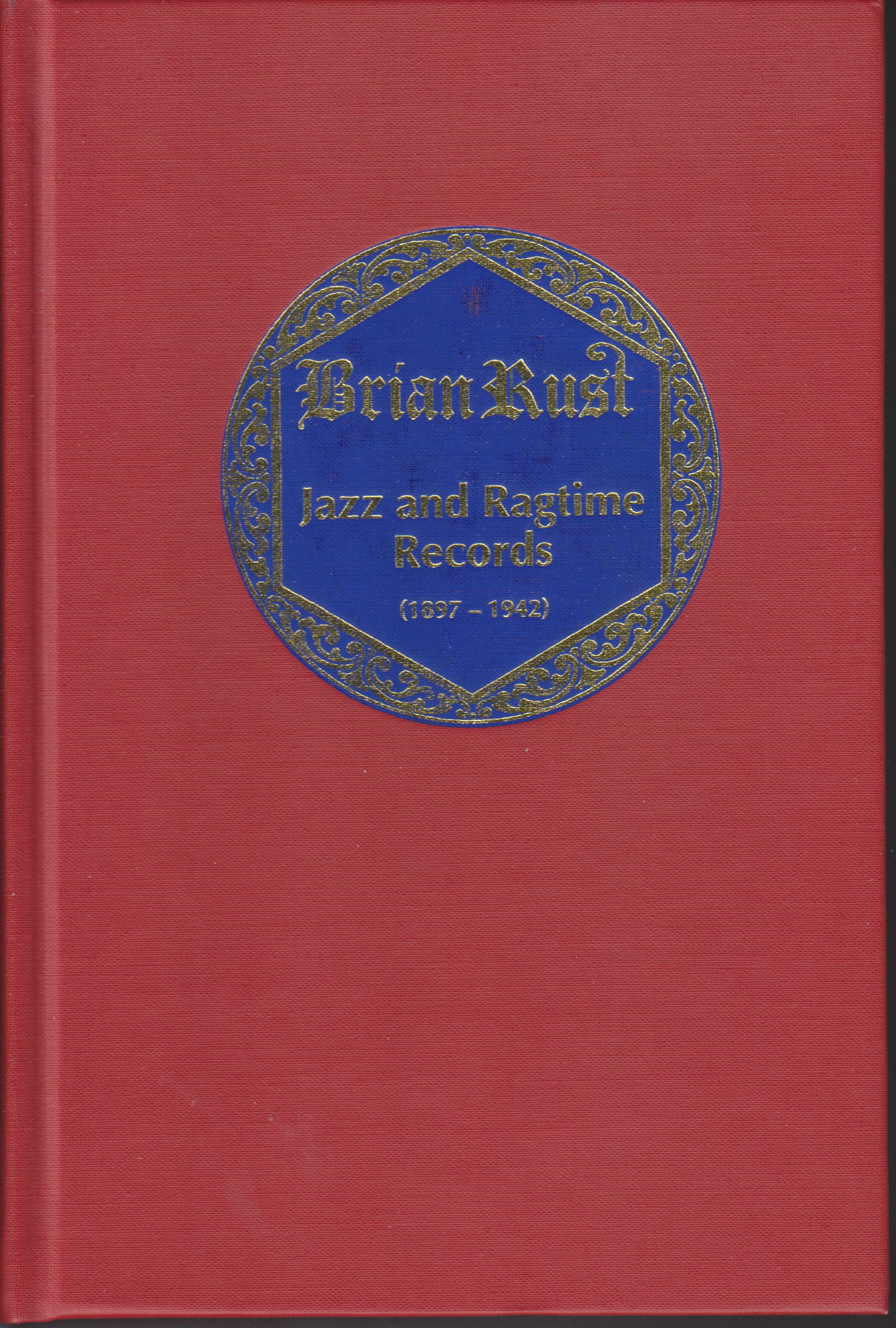

Scottish DJ Calvin Harris, for example, produced and is featured on Rihanna’s “We Found Love” (2011), and Italian DJ Benny Benassi produced and is featured on Chris Brown’s “Beautiful People” (2011). Technological collaborative experimentations with European producers of electronic dance music added yet another layer to the eclectic R&B sound. Some fused creative vocal stylings, harmonies and arrangements with sparse instrumentations and the use of live instruments evident in Ledisi’s “Pieces of Me” (2011), Sevyn Streeter’s “Before I Do” (2017), H.E.R.’s “Focus,” and “Best Part” (2019) others delivered their unique vocals over sparsely constructed synthesized tracks such as Khalid’s “Talk” (2019). Retaining the production concepts of older styled ballads (string arrangements, gospel styled vocals and harmonies, and electric and acoustic instruments), artists added their own signature to the tradition as did singer-songwriter Alicia Keys’s “Fallin’” (2001) and “You Don’t Know My Name” (2003) and Aaliyah’s “Miss You” (2002).Ī new generation of singer-songwriters added a contemporary ballad style to the eclectic mix of R&B in the second decade of the 21st century. R&B productions incorporated hip-hop’s beats and rapping style illustrated in the recordings of TLC’s “Ain’t Too Proud to Beg” (1992) and Destiny’s Child’s “Say My Name” (1999), Usher’s “Confessions Part II” (2004) and Trey Songz’s “Say Aah” featuring Fabolous (2010). Puff Daddy, for example, taps into Diana Ross’s hit, “I’m Coming Out” (1980) for the groove and refrain sampled in Notorious B.I.G.’s “Mo Money Mo Problems” (1997) Harrison borrows from 1970s funk for Beyoncé’s “Crazy in Love” (2003) and the groove for Williams’s “Happy” (2013), although it employs a faster tempo, is similar to “Monkey Time” (1963) by Major Lance.Ĭollaborations between producers and artists from both hip-hop and R&B blurred the lines between these genres and became common. They continued to explore myriad musical possibilities, including extending, adapting, and realigning past traditions to a changing musical scene. Diddy), Pharrell Williams and Chad Hugo, Swizz Beatz, and Rich Harrison among others, who established themselves in the 1990s.

From this group came songwriter-producer-performers such as Sean Combs (a.k.a. They came of age during the rise of hip-hop and their appreciation for 1970s and 1980s Black music came from their parents, who played the music at home. The merger of R&B, hip-hop and older genres, and the use of new technologies appealed to a new generation of African American music consumers. In the late 1990s and into the new millennium and with few exceptions, hip-hop and technology became the musical framework for R&B productions. African Americans were the first to use this term in 1964, the mainstream press, Billboard and the broader music industry then adopted this label in 1969. When Black music shifted from its primarily blues to a gospel foundation during the 1960s social upheaval, the label “soul” better captured its spirit and emotion. In 1949 Billboard writer Jerry Wexler, who later became an executive at Atlantic Records, substituted the label “rhythm and blues” to describe the rhythmic and blues qualities of the music associated with the post-World War II era. “Race music,” the first term targeting this market, had positive connotations among African Americans in the 1920s and 1930s, but later acquired a racist interpretation. Company executives, in the context of a segregated society, initially assumed that African Americans were the sole consumers of this music, including blues, jazz, gospel, spirituals, novelty, and pop songs. Record companies and music trade magazines have used various labels to market and chart the sales of music recorded by Black artists since the 1920s.


 0 kommentar(er)
0 kommentar(er)
